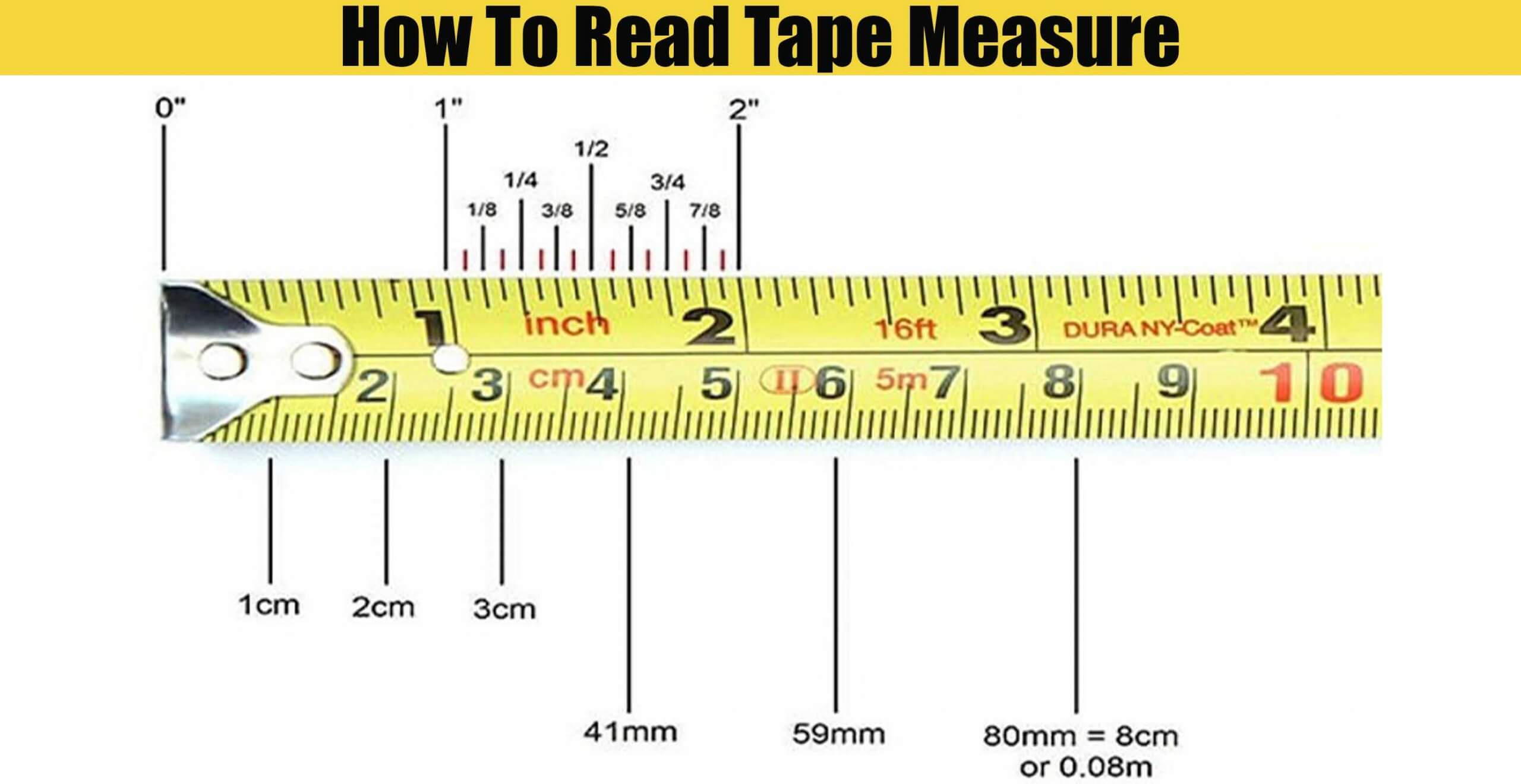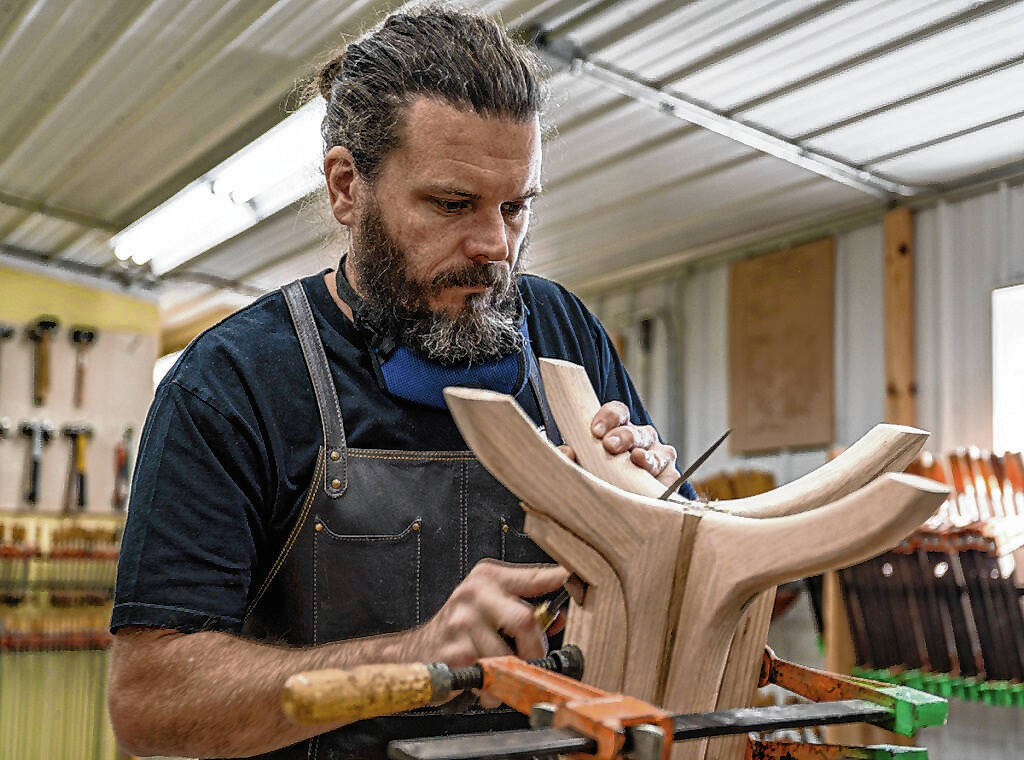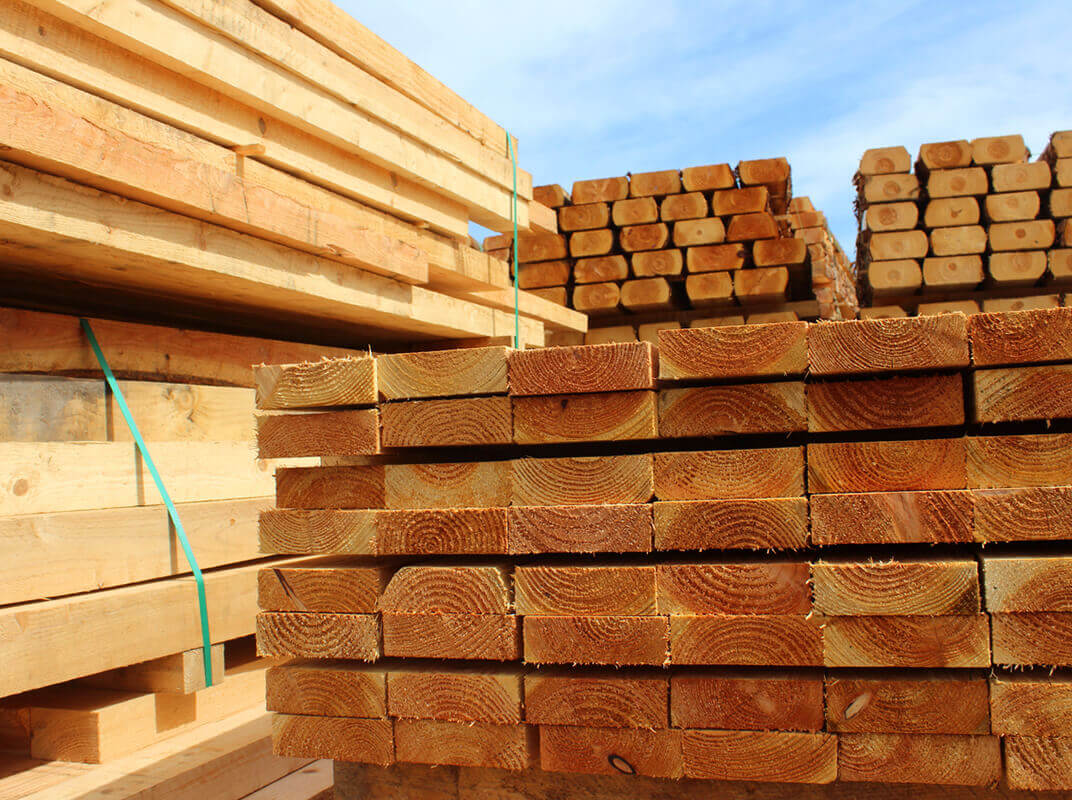
There are various types of joinery wood. There are three types: the Mitered andt joint, the Tongue & groove joint and the pocket-hole. Let's have a closer look at each one. Once you know the basic functions of each of these, you will have no problem building a beautiful dining room table. This article will guide you through the most popular joinery wood methods. You will feel more confident in your knowledge and understanding of their benefits and uses.
Mitered butt joint
The mitered butt joint is a common type of joinery that is used to join pieces of wood. This joint uses two boards with 45-degree cuts on both ends to form a 90-degree corner. This joint can also be used to create irregular shapes. Its strength can be compared to a traditional butt joint made from wood. It is however not as strong than edge-to-edge joint.
A mitered butt junction can be held together with glue or nails. Before mitering, however, it is best to drill a pilot hole to prevent splitting. Another option is to use a pin-nailer, which is a pneumatic tool using tiny brad nails to hold together the wood. These nails are small and do not leave a head.

Mitered groove joint
A mitered joint in joinery wooden has a 45 degree angle between the two pieces. To create a miter joints, lay the two pieces together. Then cut the grooves while your wood is still square. Making the cut while the wood is still square makes the job safer and much easier. Once the grooves are cut, place a spline into the gap. Fix the spline by nailing or glueing it in place.
The Mitered groove joint is another variation of the traditional biscuit joint. You create it by carving a groove on one of the pieces of wood and then glueing them together. This type of joint is commonly used for solid panels made with different types of wood. Because the joinery is invisible, it can be more difficult to spot than a conventional wood joint. A biscuit joint is best if it is cut on the same side as the piece of wood being joined.
Tongue and groove joint
The common tongue and groove joint in joinery is the most popular, however there are many methods to make it. A tablesaw is a good choice for creating this type joint. The blade can be used to cut through the grooves with a single pass, while the dado stack can be created in one pass. A router table can, on the contrary, be fast and efficient. It allows you to match bits to make tight tongue and groove joints.
A tongue-and-groove joint is a great way to join similar pieces of wood. This type of joint is commonly used in high-quality cabinetwork, but can also find other uses. This joint can be found in many types of wood flooring. It is also used for architectural paneling, cabinet doors, face frames, and cabinet doors. It's easy to assemble, so some people use it as a drawer track. You can also make your own tools if you don't feel confident or can't afford a joiner.

Pocket-hole joint
Wood is the most popular type of pocket-hole joint. It can be used to the edges and faces of the wood. It cannot be used with the end grain. For a perfect fit, it is essential to understand how pocket-hole joining works. For beginners, pocket–hole joinery makes it easy to create a pockets-hole joint.
A pocket-hole joint can be made by drilling a hole in a piece wood at least one-half inch deep. This tool allows you drill holes at an angle of 15o. To use a pocket-hole drill, you will need a cordless drill. You can also use a Pocket-Hole Jig such as the Porter Cable P560.
FAQ
How much do hobbyists need to invest in starting a business?
You will need capital to purchase the tools and supplies you need to start your woodworking business. It's a good idea to buy a small tablesaw, drill press and circular saw. These items don't cost much so they won't break your budget.
How does a beginner woodworker earn money?
Many people learn how to make furniture in order to set up an online business. You don't have to sell on Etsy if your furniture is just beginning. You could also sell at craft fairs, or other local events. You could also offer workshops to help others learn how to make their own furniture. If you have experience as a carpenter or builder, you might consider offering services such as remodeling homes or creating custom pieces for clients.
Where can I purchase woodworking supplies
There are many places that you can find all the information you need. You could shop at your local hardware store or go online to Amazon.com.
You can also look for used furniture at flea markets or garage sales.
Statistics
- Most woodworkers agree that lumber moisture needs to be under 10% for building furniture. (woodandshop.com)
- If your lumber isn't as dry as you would like when you purchase it (over 22% in Glen Huey's opinion…probably over 10-15% in my opinion), then it's a good idea to let it acclimate to your workshop for a couple of weeks. (woodandshop.com)
- In 2014, there were just over 237,000 jobs for all woodworkers, with other wood product manufacturing employing 23 percent; wood kitchen cabinets and countertop manufacturing employing 21 percent. (theartcareerproject.com)
- Woodworkers on the lower end of that spectrum, the bottom 10% to be exact, make roughly $24,000 a year, while the top 10% makes $108,000. (zippia.com)
External Links
How To
How to join wood with no nails
Woodworking is a popular hobby. It's fun and relaxing because you can use your hands to make something useful from wood. You might want to join two pieces from the same wood, but you don't need to use nails. This article will teach you how to do this to keep your woodwork projects looking great.
You will first need to trim the edges of your wood pieces before joining them. Do not leave any sharp corners as they could cause problems down in the future. Once you have done that, you can begin gluing your boards together.
When working with hardwood, glue should be applied only to one side. If you're using softwoods like pine or cedar, you should put glue on both sides. Apply the glue to the boards and press them down until they are securely attached. After applying the glue, let dry the boards before proceeding to the next stage.
After you have glued your boards, drill holes where you want to insert screws. Depending on what type screw you choose, the size of these holes will depend on how big they are. For example, if you're going to use a 1/2-inch wood screw, then you should drill a hole that is at least 3/4 inches deep.
Once you have drilled the holes, the next step is to drive your screws through the joint into the board's backside. Avoid hitting the board's top surface. Otherwise, you could ruin the finish. Don't drive the screws too far into the end. This will avoid splitting in the wood's ends grain.
Protect your finished project now. You can either cover the entire furniture or just the top. You'll want a product that lasts for many years. Examples include oil-based varnishes and polyurethanes, shellac, lacquer and others.
These products can usually be found at any home improvement store. Just make sure that you buy the right kind for the job. Some finishes are toxic and should not ever be used indoors. Wear protective gear whenever you are handling them.